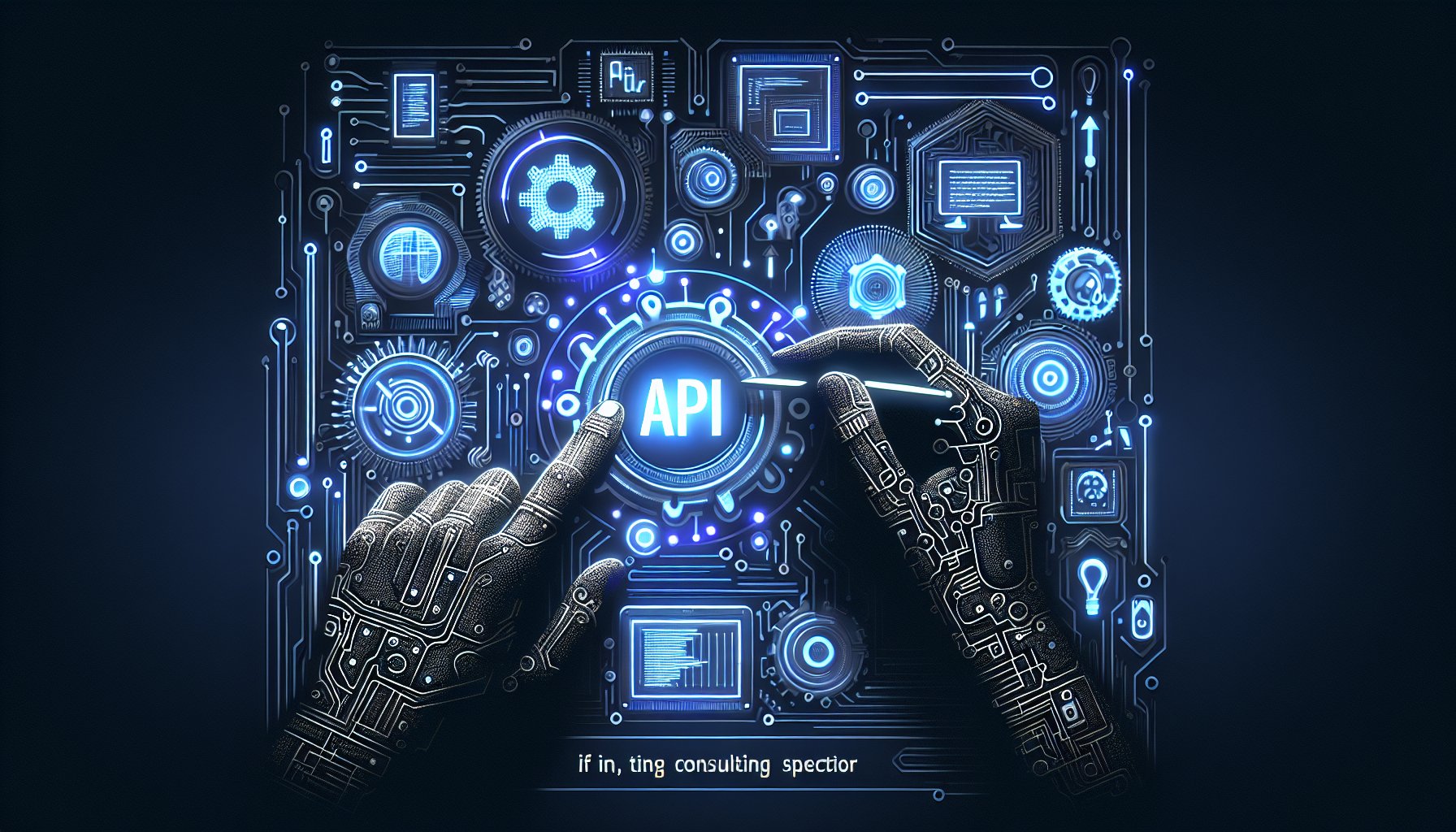Unleashing the Future of Evolutionary API Development
As we continue to navigate the digital landscape of 2025, it is critical to understand the revolutionary changes and advancements in API (Application Programming Interface) Development. Modern-day API development is not just about creating interfaces that allow software applications to interact. It is about creating robust, scalable, and efficient solutions that drive business growth and innovation.
Embracing Modern API Development Methodologies
Modern API development methodologies have significantly evolved, with a major shift toward designing APIs as products. APIs are now designed with the end-user in mind, thus ensuring an exceptional user experience. Additionally, the rise of iterative API development allows for continuous evolution, improvement and scalability.
GraphQL: The Future of API Design
GraphQL, an open-source data query and manipulation language, is leading the future of API design. With GraphQL, clients can define the structure of the response data, reducing over-fetching and under-fetching issues. This results in a significant performance boost compared to traditional RESTful APIs.
// Example of a GraphQL query
query {
user(id: 1) {
name
email
}
}
Leveraging Emerging Technologies in API Development
As technology continues to evolve at an unprecedented pace, it is vital to leverage the latest advancements in your API development process.
Serverless Architecture and APIs
Serverless architecture, which allows developers to build and run applications without managing servers, is reshaping the API landscape. It offers scalability, reduced operational cost, and faster time to market. AWS Lambda, Google Cloud Functions, and Azure Functions are leading the serverless revolution.
// Example of a serverless function in AWS Lambda
exports.handler = async (event) => {
// Logic to process API requests
// ...
return {
statusCode: 200,
body: JSON.stringify('Hello from Lambda!'),
};
};
Implementing Forward-Thinking Strategies
To stay competitive, businesses must adopt forward-thinking strategies in their API development processes. Microservices architecture, API-first design, and API versioning are key strategies to consider.
Microservices Architecture
Microservices architecture is a design approach where a single application is developed as a suite of small services, each running independently. This approach offers better scalability, easier maintenance, and faster deployment. Docker and Kubernetes are powerful tools for implementing microservices architecture.
API-First Design
API-first design is an approach where APIs are designed before the software that uses them. This approach ensures that APIs are consistent, reusable, and can easily integrate with other systems.
Conclusion
The future of API development is already here, and it is revolutionary. By embracing modern methodologies, leveraging emerging technologies, and implementing forward-thinking strategies, you can build robust, scalable, and efficient APIs.
Remember, the key to staying current in this rapidly evolving field is continuous learning and adaptation. So, keep exploring, keep learning, and keep innovating.